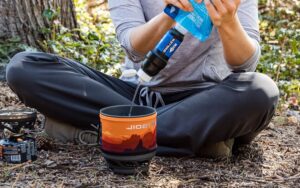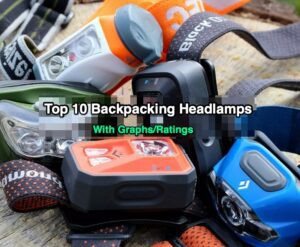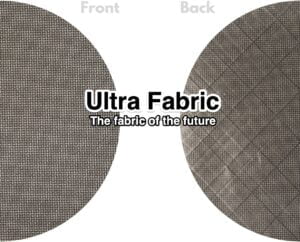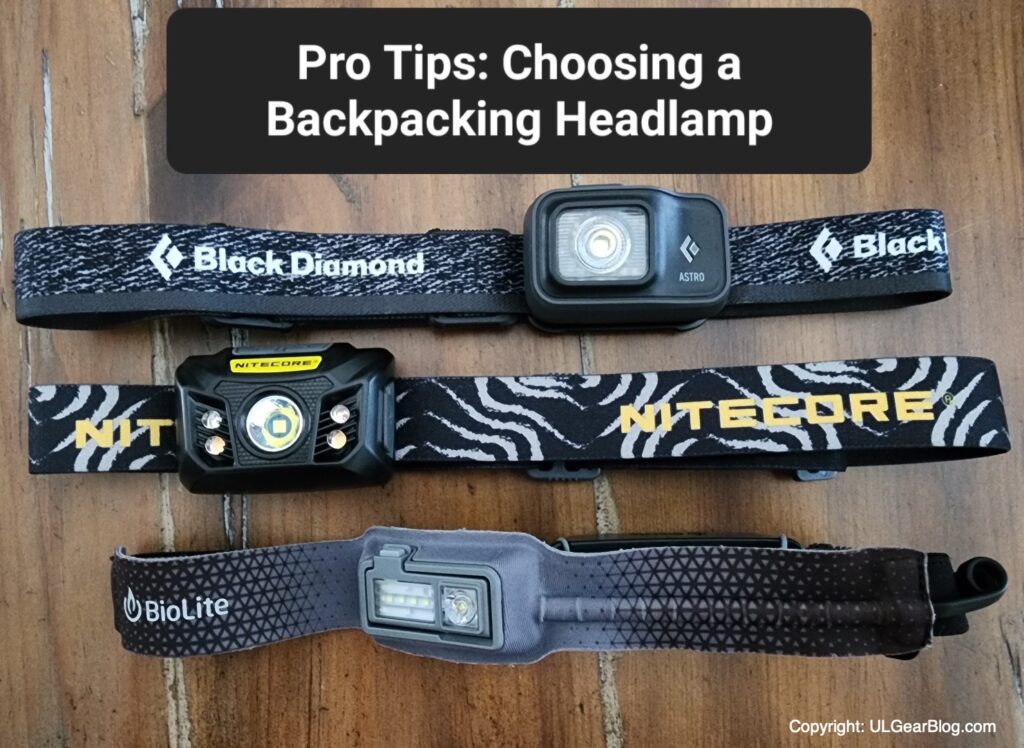
Choosing the right headlamp for backpacking, camping, and hiking
Choosing the best backpacking headlamp for your next hiking and backpacking trip can be daunting. There are so many choices, features, and price points. In this complete guide, we will walk you through all the important factors to consider when choosing the best backpacking headlamp. Whether you’re navigating through a dark trail, setting up camp at night, or simply needing a reliable light source for your survival kit, we’ve got you covered. From the different lighting modes and beam types to the brightness and construction, we will help you make an informed decision. So take a moment to dive into this comprehensive guide, tailored specifically for outdoor enthusiasts like you, and discover the perfect headlamp that best suits your needs and budget.
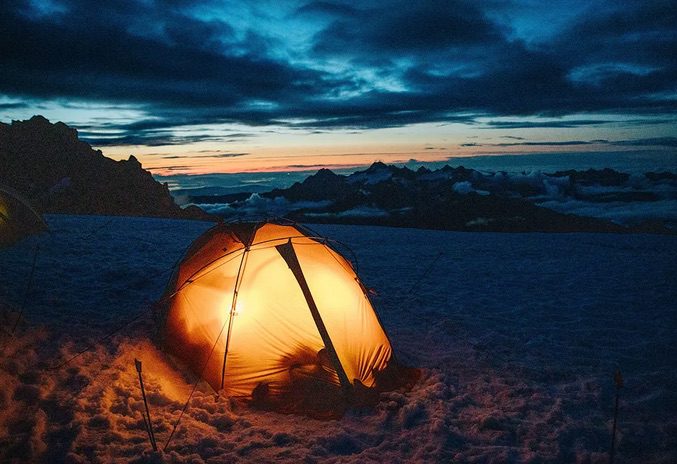
Factors to Consider
When selecting a headlamp for your outdoor adventures, there are several important factors to consider. These factors will ensure that you choose a headlamp that meets your needs and provides reliable lighting when you need it most.
Reliability
One of the most important factors when choosing a headlamp is reliability. You want a headlamp that you can count on in any situation, whether you’re hiking through rugged terrain or camping in the rain. Look for headlamps that are built to withstand the elements and are made from durable materials. Additionally, consider headlamps that have a reputation for reliability and positive customer reviews.
Brightness

Brightness is another crucial factor to consider when choosing a headlamp. The brightness of a headlamp is measured in lumens, which indicates the intensity of the light output. For most outdoor activities, a headlamp with a range of 100 to 200 lumens is sufficient. This range provides ample brightness for tasks such as reading a map, setting up a tent, or cooking a meal. Keep in mind that the stated lumens on a headlamp’s packaging are usually the maximum lumens, and the actual brightness may vary depending on the battery charge.
Construction
The construction of a headlamp is an important consideration, particularly if you plan to use it in rugged outdoor conditions. Look for headlamps that are made from durable materials, such as impact-resistant plastics or aluminum alloys. Consider headlamps that are water-resistant or even waterproof, as this will ensure they can withstand rain, splashes, or accidental submersion in water. A headlamp with a sturdy construction will be able to handle the bumps and jolts of outdoor activities without failing you when you need it most.
Lighting Modes and Beam Types
Headlamps offer various lighting modes and beam types, allowing you to customize your lighting experience based on your needs and preferences.
White, Red, and Green Lights
Many headlamps offer different colored lights in addition to the standard white light. Red and green lights are commonly found in headlamps and serve different purposes. Red light is often used in scenarios where you want to preserve your night vision, such as stargazing or reading a map. Green light is useful for hunters, as it can help enhance contrast in low-light conditions without spooking game.
Spot Beams
Spot beams provide a narrow and focused light beam, which is ideal for activities that require long-distance illumination. If you’re a trail runner or need to see far ahead during your outdoor adventures, a headlamp with a spot beam is a great choice.
Flood Beams
Flood beams provide a wide and even distribution of light, making them suitable for tasks that require close-up illumination, such as cooking or setting up camp. If you’re looking for a headlamp that offers versatility and allows you to see a wide area, a flood beam is the way to go.
Strobe Modes
Some headlamps come with strobe modes, which emit quick and repeated flashes of light. This mode is often used for emergency signaling or to increase your visibility to others in low-light conditions. If you frequently participate in activities where you need to attract attention, consider a headlamp with a strobe mode.
Understanding Lumens
Lumens are a measurement of the total amount of visible light emitted by a headlamp. Understanding lumens is essential when choosing a headlamp, as it directly correlates to the brightness of the light.
Lumens Range
For most outdoor activities, a headlamp with a range of 100 to 200 lumens is sufficient. This range provides enough brightness to navigate trails, read maps, and perform other tasks. However, if you participate in activities that require long-distance illumination, such as hiking at night or trail running, you may want to consider a headlamp with a higher lumen range.
Accuracy of Stated Lumens
It’s important to note that the stated lumens on a headlamp’s packaging are usually the maximum lumens. The actual brightness may vary depending on the battery charge and other factors. It’s always a good idea to read customer reviews or seek recommendations from trusted sources to get a better understanding of the actual brightness of a headlamp.
Beam Distance
Beam distance refers to how far a headlamp can project its light. This specification is crucial if you need to see far distances, such as when hiking or conducting search and rescue operations.
Importance of Beam Distance
Beam distance is especially important for outdoor activities that require long-distance visibility. For example, if you’re hiking or backpacking at night, a headlamp with a longer beam distance will allow you to see obstacles and navigate with confidence. On the other hand, if you primarily participate in activities that require close-up illumination, such as camping or reading, a shorter beam distance may be sufficient.
Practical Needs
While it’s tempting to opt for the headlamp with the longest beam distance, it’s essential to consider your practical needs. Unless you regularly engage in activities that demand long-distance illumination, a headlamp with a shorter beam distance might be more suitable. These headlamps are often lighter and more compact, making them easier to carry and more comfortable to wear.
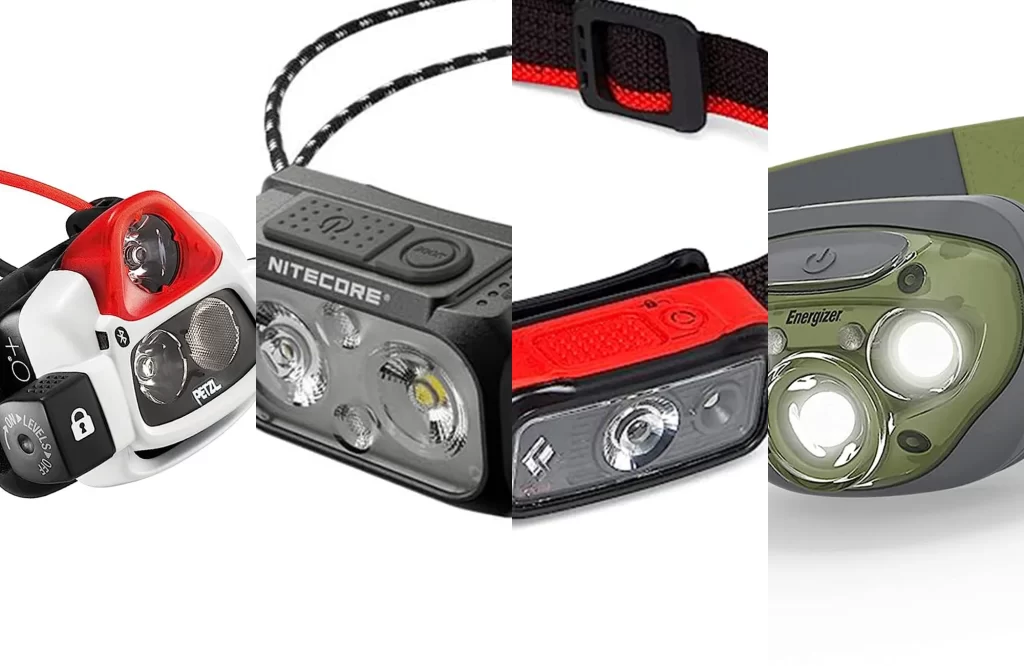
Headlamp Battery Life and Type
Battery life and type play a significant role in the performance and convenience of a headlamp.
Battery Life
Consider the duration of your outdoor activities and choose a headlamp with a battery life that aligns with your needs. Many headlamps offer different brightness settings that can extend battery life. Additionally, some headlamps feature rechargeable batteries, which can be convenient if you have access to a power source. Rechargeable headlamps eliminate the need for constantly buying and replacing disposable batteries.
Battery Type
Most headlamps are powered by either standard alkaline batteries or rechargeable batteries. Alkaline batteries are widely available and can often be replaced easily when needed. However, they may not provide the same level of performance and longevity as rechargeable batteries. Rechargeable batteries are more cost-effective in the long run but may require access to electricity or a portable charger.
Backpacking Headlamp Water Resistances
Water resistance is an essential feature to consider when choosing a headlamp, especially if you’ll be using it in wet or humid environments.
Importance of Water Resistance
While you may not plan to submerge your headlamp underwater, it’s important to have a headlamp that can withstand rain, splashes, or accidental exposure to water. Outdoor activities are often unpredictable, and having a water-resistant headlamp ensures that it will continue to function even in wet conditions. Water resistance also adds durability and longevity to your headlamp, protecting it from potential damage.
Water Resistance Ratings
Headlamps usually come with a water resistance rating, indicated by an IP (Ingress Protection) code. The IP code consists of two numbers, with the first number representing solid particle protection and the second number representing liquid ingress protection. For example, a headlamp with an IPX7 rating means it is protected against the effects of temporary immersion in water up to 1 meter for 30 minutes. Look for a headlamp with a water resistance rating that matches the level of protection you need for your outdoor activities.
Headlamp Extra Features
Headlamps often come with additional features that can enhance your outdoor experience. Consider these extra features when making your decision.
Adjustable Brightness
Headlamps with adjustable brightness settings allow you to customize the amount of light output based on your needs. Having the option to dim the brightness can help conserve battery life and prevent blinding yourself or others in close-proximity situations.
Tilt Function
A tilt function enables you to adjust the angle of the headlamp beam, allowing you to direct the light where you need it most. This feature is particularly useful for activities that require hands-free illumination but require the light to be directed in various directions.
Battery Indicator
Some headlamps come with a battery indicator, which provides a visual indication of the remaining battery life. This feature can be especially helpful in preventing unexpected battery depletion during your outdoor adventures.
Lockout Function
A lockout function prevents the headlamp from accidentally turning on when not in use. This feature can help conserve battery life and ensure that the headlamp is ready when you need it.
Red Light Filter
A red light filter is a useful feature for preserving night vision. Red light is less likely to disrupt night vision compared to white light, making it ideal for tasks that require low-light conditions.
Considerations for Backpacking Headlamps

If you’re a backpacker, there are specific considerations you should keep in mind when choosing a headlamp.
Weight
Every ounce counts when you’re backpacking, so it’s essential to choose a headlamp that is lightweight. Look for compact and lightweight headlamps that won’t weigh you down during long hikes or climbs. Consider headlamps made from lightweight materials such as plastics or aluminum alloys.
Comfort
Comfort is crucial when choosing a headlamp for backpacking. Look for headlamps that have adjustable straps or headbands, allowing you to find the perfect fit. Consider headlamps with padding or ergonomic designs that prevent discomfort during long periods of use.
Durability
Backpacking often involves rugged terrain and unpredictable weather conditions, so durability is essential. Look for headlamps made from durable materials that can withstand impact, such as sturdy plastics or aluminum alloys. Consider headlamps with a high water resistance rating to ensure they can withstand rain or accidental exposure to moisture.
Budget Considerations
Budget is an important factor for many outdoor enthusiasts. While it’s tempting to choose the most expensive headlamp on the market, it’s crucial to consider the value for money.
Price Range
Headlamp prices can vary significantly depending on the brand, features, and overall quality. Determine your budget before shopping for a headlamp, and consider the features that are most important to you. Don’t be afraid to opt for a moderately priced headlamp if it meets your needs and requirements.
Value for Money
Consider the overall value for money when choosing a headlamp. Look for headlamps that offer a good balance of price and features, ensuring that you get the most bang for your buck. Read customer reviews and seek recommendations from trusted sources to gauge the overall performance and longevity of a headlamp.
Conclusion
Choosing the right headlamp for your outdoor adventures is essential to ensure you have reliable and convenient lighting when you need it most. By considering factors such as reliability, brightness, and construction, you’ll be able to find a headlamp that meets your needs. Understanding lighting modes, lumens, beam distance, battery life, water resistance, and extra features will further assist you in making an informed decision. Additionally, considering your backpacking requirements, budget, and personal preferences will help you find the perfect headlamp for your outdoor activities. Remember, it’s important to read the entire guide, consider your specific needs, activities, and budget before making your final choice. Happy headlamp hunting!
